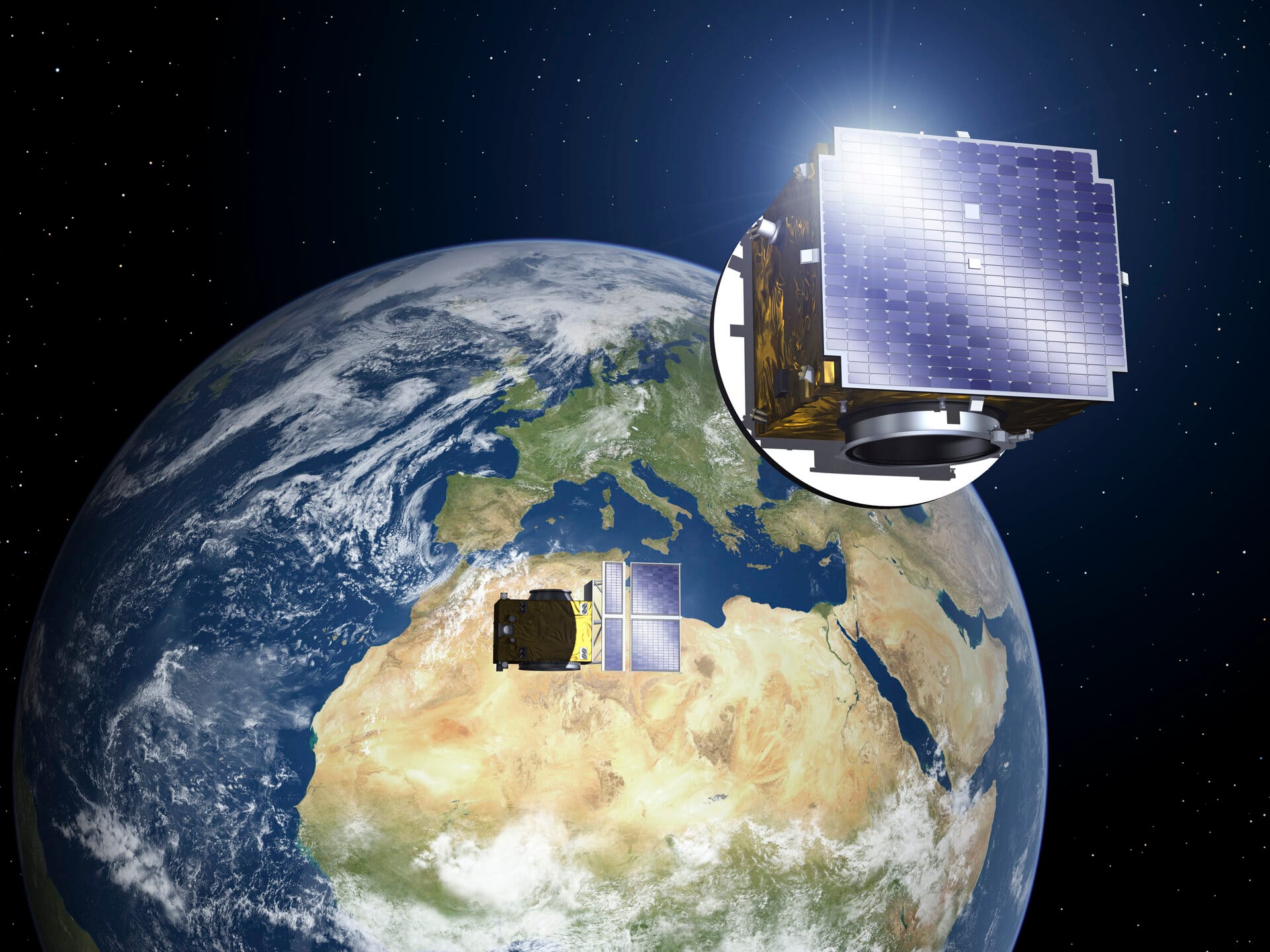The upcoming Proba-3 mission, a collaborative effort by the European Space Agency (ESA), is set to revolutionize our understanding of solar phenomena by creating artificial solar eclipses. Scheduled for launch in 2025, Proba-3 will consist of two spacecraft that will work in tandem to block the Sun’s light, allowing scientists to study the solar corona in greater detail than ever before. This innovative mission is designed to address several critical questions about solar activity, including the mechanisms behind solar flares and coronal mass ejections (CMEs), which can have significant impacts on space weather and, consequently, on Earth.
The Proba-3 mission will utilize a formation-flying technique, where the two spacecraft, known as the Coronagraph and the Occulter, will fly in precise formation to create an artificial eclipse. The Occulter will block the Sun’s bright light, while the Coronagraph will capture images of the faint corona surrounding it. This method will allow researchers to observe the corona without the interference of sunlight, which has traditionally made such observations challenging.
One of the mission’s primary objectives is to improve our understanding of the solar atmosphere’s dynamics and its interactions with the solar wind. By studying the corona, scientists hope to uncover the reasons behind the solar cycle’s variability and the underlying processes that lead to solar storms. These storms can disrupt satellite operations, GPS systems, and even power grids on Earth, making the mission not only scientifically significant but also practically important.
Proba-3 is part of ESA’s technology demonstration program, which focuses on innovative space technologies. The mission will test advanced technologies in formation flying and autonomous navigation, paving the way for future missions that require similar capabilities.
As the launch date approaches, excitement is building within the scientific community. Researchers are eager to leverage the data collected by Proba-3 to enhance solar models and improve forecasting of space weather events. The mission represents a significant step forward in solar research, promising to deepen our understanding of one of the most influential celestial bodies affecting life on Earth.
As we look ahead to the launch, the Proba-3 mission stands as a testament to human ingenuity and the ongoing quest for knowledge about our universe. With its innovative approach to studying the Sun, it holds the potential to unlock new insights that could benefit both science and society as a whole.
For more information about the Proba-3 mission, you can visit the European Space Agency’s official website at www.esa.int.



